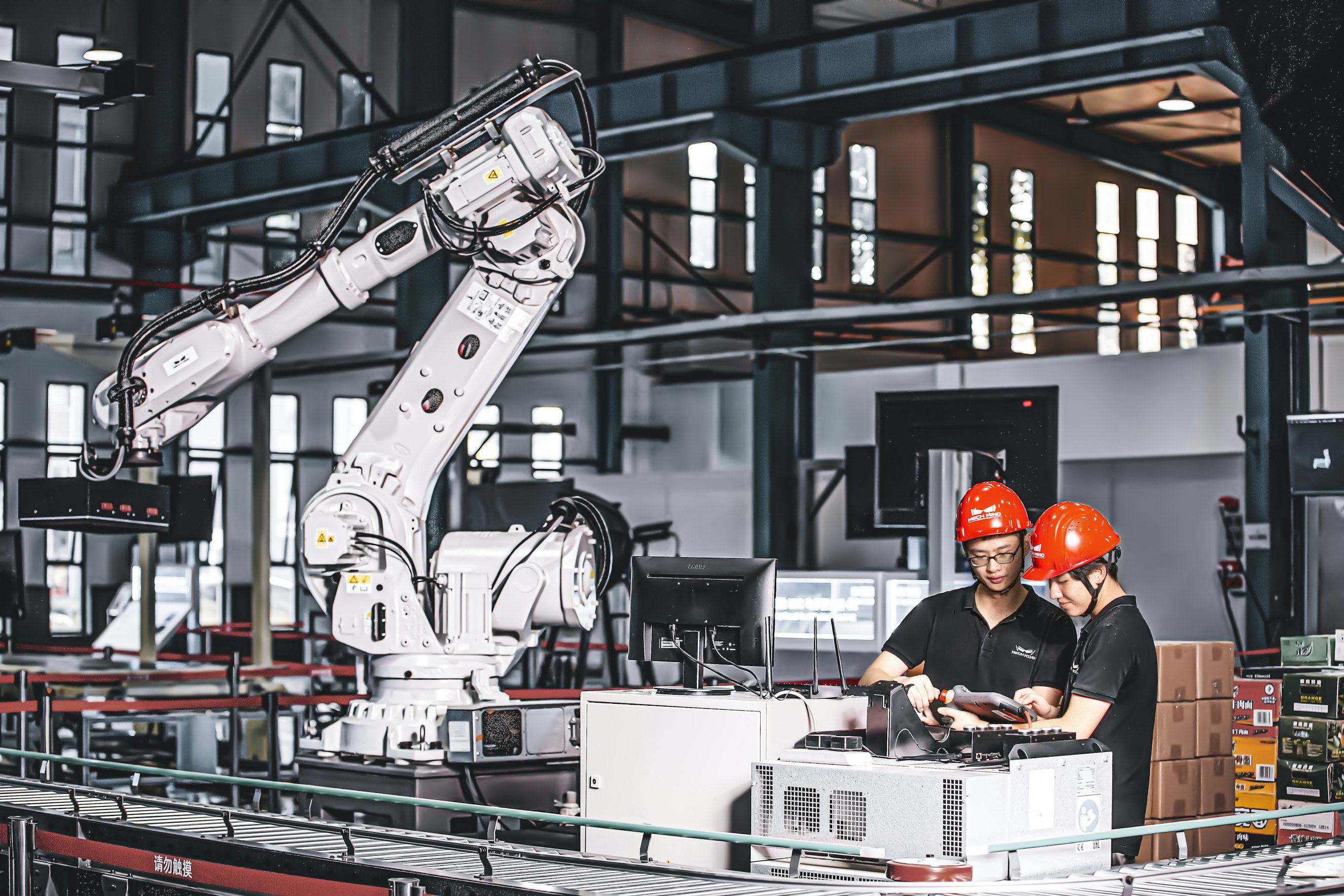Businesses around the world are rethinking their production processes to become more sustainable and profitable, and that’s when the closed-loop production model comes into play.
Among the many strategies available, this type of manufacturing stands out as an innovative approach that can generate multiple benefits, from reducing waste and raw material consumption to enhancing brand reputation and competitiveness.
In this comprehensive guide, we will explore what closed-loop production is, why it matters, the benefits it brings to businesses and society, the types of closed-loop production systems, and real-life examples in different industries.
Gadget Salvation is connected to a closed-loop production model by helping to extend the life of electronic devices and reduce the need to produce new ones. When people buy pre-owned and refurbished gadgets, they are also supporting closed-loop product design.
We will also give you practical advice on how to implement this sustainable process in your business and the challenges and opportunities that come with it.
What is closed-loop production?
Closed-loop production is a circular approach to manufacturing that seeks to create a closed cycle of material and energy flows, where waste is minimized, and resources are reused as much as possible. It is based on the principles of the circular economy, which aim to decouple economic growth from resource consumption and environmental degradation.

Why is it so important?
Closed-loop production is important for several reasons, including:
1. Sustainable resource management: By reusing materials and reducing waste, closed-loop production helps conserve natural resources, reduce greenhouse gas emissions, and minimize environmental pollution. It also reduces the reliance on virgin materials, which can be expensive and environmentally damaging to extract and process.
2. Competitive advantage: A circular economy can lead to cost savings and increased efficiency, making businesses more competitive in the long term. It can also enhance brand reputation, attract environmentally conscious customers, and comply with regulatory requirements.
3. Social benefits: Aming to close the production loop can create new job opportunities, support local economies, and promote social equity by reducing the environmental burden on communities, especially those in developing countries where waste management and pollution are serious issues.

Benefits of closed-loop production
Closing the loop can offer various benefits to businesses and society on the whole, including:
Reduced waste and resource consumption: It can diminish the amount of waste generated, improve resource efficiency, and minimize the use of non-renewable resources, such as fossil fuels, minerals, and water.
Increased profitability: Closed-loop production can lead to cost savings by reducing material, energy, and waste disposal costs. It can also generate new revenue streams by selling recycled materials, products, or services.
Improved brand reputation: A sustainable supply chain can enhance a company’s reputation by demonstrating its commitment to sustainability, environmental stewardship, and social responsibility. It can also attract more customers who value eco-friendly products and services.
Types of sustainable production
There are various types of zero-waste manufacturing systems, including:
Product-to-product reuse applies to repurposing products or components at the end of their life cycle into new products or components. For instance, recycling paper into new paper products or remanufacturing printer cartridges into new ones.
Material-to-material reuse system involves reusing materials in their original form or through simple treatments, such as cleaning, sorting, or grinding. For instance, reusing scrap metals or plastics in new products.
Closed-loop manufacturing is designing products and processes to maximize material and energy efficiency, reduce waste, and optimize reuse. For instance, using modular designs, eco-friendly materials, or digital technologies to reduce material waste and energy consumption.

Examples of closed-loop production in different industries
Sustainable manufacturing models are being implemented in many industries worldwide. Here are some examples:
- Food and beverage industry: Companies such as Nestle and Coca-Cola are implementing closed-loop production systems by using recycled materials, reducing packaging waste, and promoting responsible water use.
- Apparel industry: Companies such as Patagonia and Levi’s are implementing a more sustainable production approach by using recycled materials, reducing water consumption, and promoting circular fashion by offering pre-owned clothes at discounted prices on their sites.
- Electronics industry: Companies such as Dell and HP are implementing closed-loop production systems by using recycled materials, reducing energy consumption, and promoting sustainable e-waste management.
- Automotive industry: Companies such as General Motors are implementing closed-loop production systems by using recycled materials, reducing energy consumption, and promoting eco-friendly mobility.
How do you implement closed-loop production in your business?
If you want to implement a greener way of manufacturing in your business, here are some steps to follow:
1. Assess your current production process. Identify the areas where waste is generated, resources are wasted, and energy is consumed unnecessarily. This will help you prioritize the changes needed to implement a closed-loop production system.
2. Identify opportunities for reuse and recycling. Analyze the materials and products used in your business and identify opportunities for reuse, recycling, or repurposing. This could involve redesigning products, adopting eco-friendly materials, or collaborating with suppliers and customers.
3. Invest in the necessary equipment and technology. Implementing closed-loop production may require new equipment, technology, or personnel. Determine the costs and benefits of each investment and prioritize them based on their potential impact on your business.
4. Partner with suppliers and customers. Closed-loop production requires collaboration across the supply chain, from raw material suppliers to end customers. Partner with them to ensure the seamless flow of materials and products and to maximize efficiency and sustainability.
Closed-loop production offers many benefits, but it also faces challenges, including:
| Challenges | Opportunities |
|---|---|
| Cost of implementation | Reduced environmental impact |
| Lack of infrastructure and expertise | Increased profitability |
| Consumer resistance to change | Improved brand reputation |
Conclusion
Closed-loop production is a smart and strategic approach for businesses to become more sustainable and profitable. By reusing materials, reducing waste, and optimizing resource efficiency, businesses can reduce their environmental impact, enhance their competitiveness, and contribute to a more sustainable future.
So, the circular economy may be a great place to start if you’re looking for ways to improve your business’s sustainability and profitability. And you can contribute in a meaningful way by simply reselling your unwanted, used gadgets, as well as choosing to buy used instead of new ones. Being sustainable will not only reduce your environmental impact but will also save you a few bucks. Recommerce sites like Gadget Salvation can help you go green while scoring some green!










